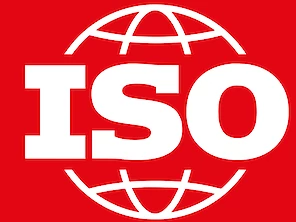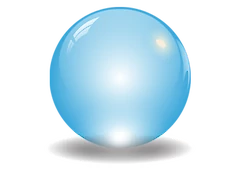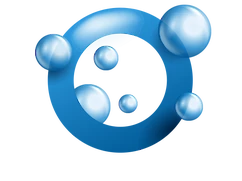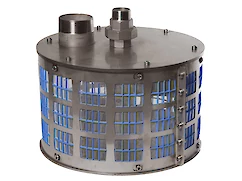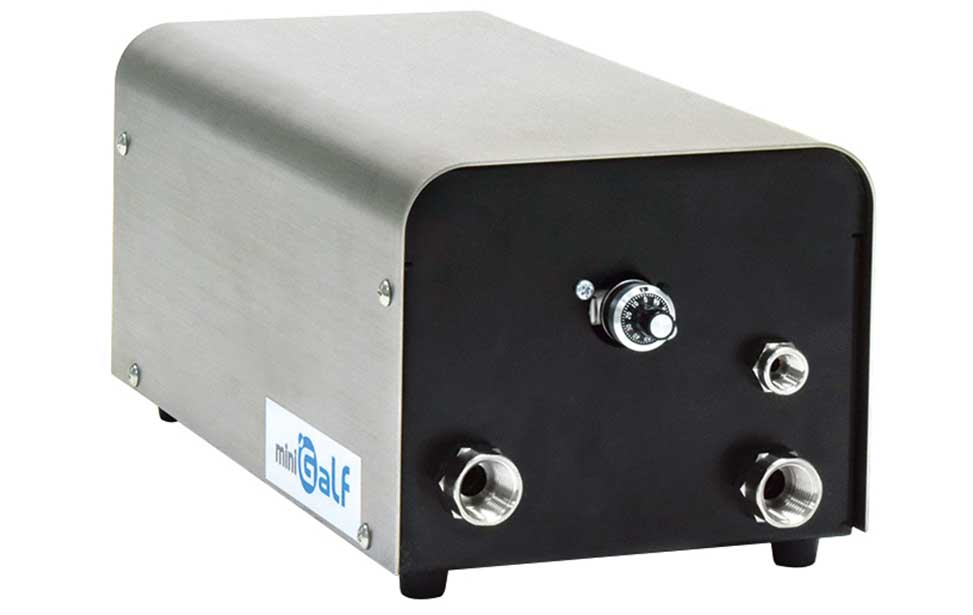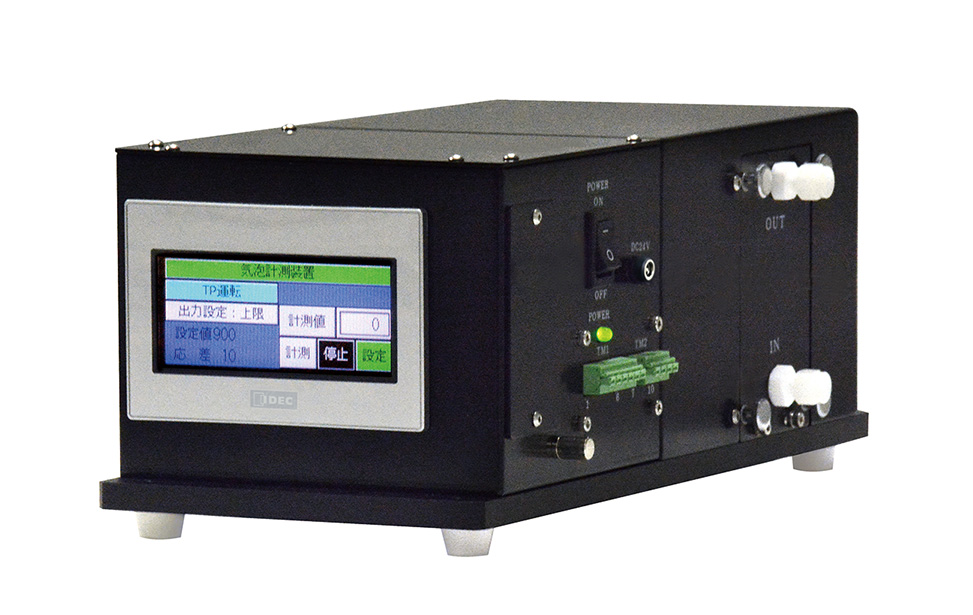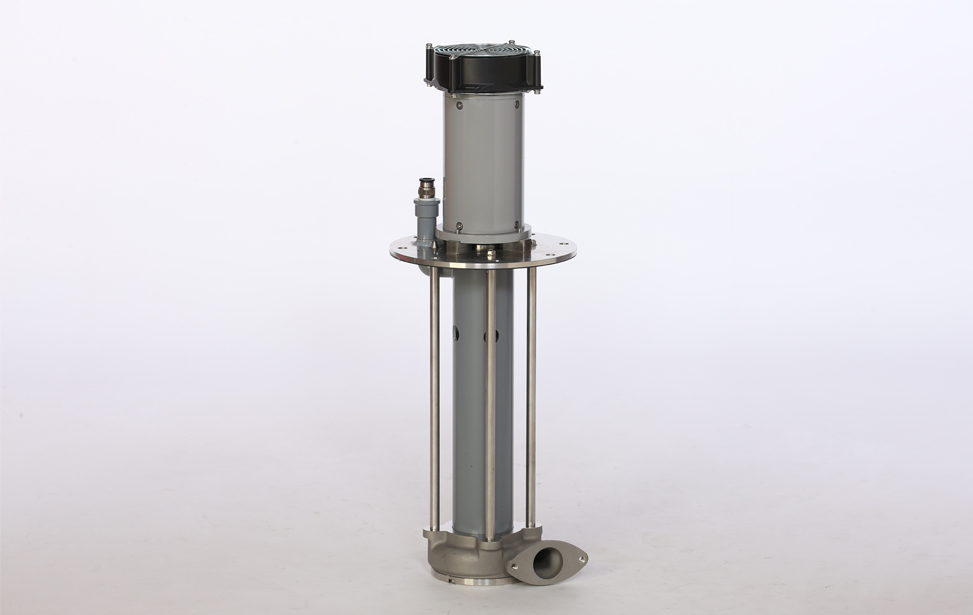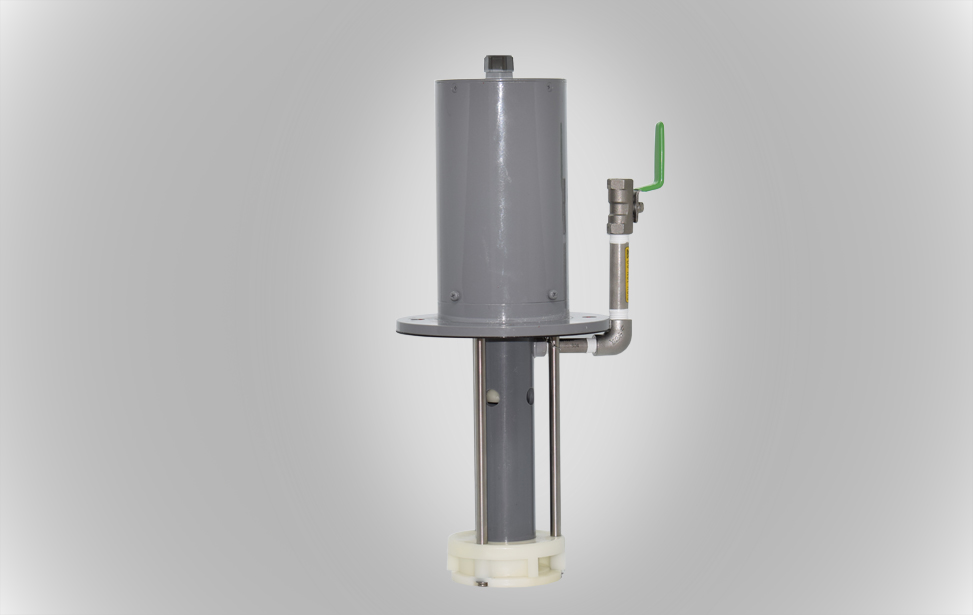منتشر شده: چهارشنبه, ۱۲ فوریهٔ ۲۰۲۰
اصلاح شده: پنجشنبه, ۱۸ سپتامبر ۲۰۲۵
چگونه حباب های ریز را اندازه گیری کنیم؟
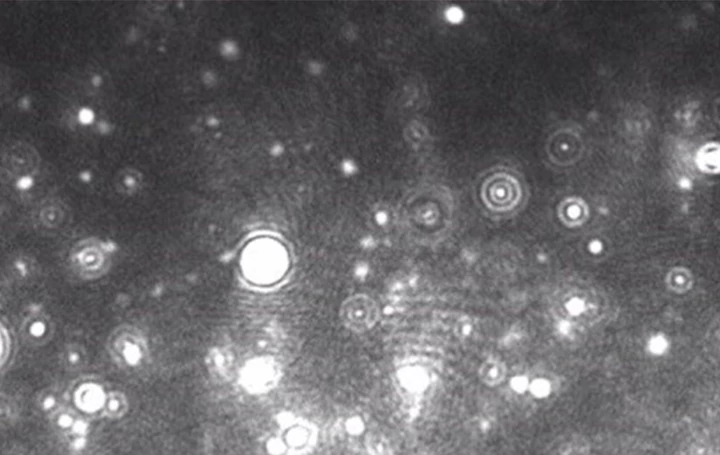
قبل از ارزیابی نحوه عملکرد حباب های ریز، مهم است که بدانید از چه اندازه و چه تعداد غلظت حباب های ریز استفاده می کنید. وقتی متوجه شدید که کار می کند، باید حداقل غلظت مورد نیاز و/یا توزیع اندازه را بدانید. این به شما امکان می دهد تولید حباب های ریز را بهینه کنید تا زمان تولید را تلف نکنید و اندازه سیستم را به حداقل برسانید. از سوی دیگر، کاربردهایی وجود دارد که نیاز به غلظت بالاتر از100M/mlدارند و نمیتوان گفت که با استفاده از دستگاه تولید حباب Ultrafine که غلظت 50M/ml را ایجاد میکند، هیچ تاثیری ندارد.
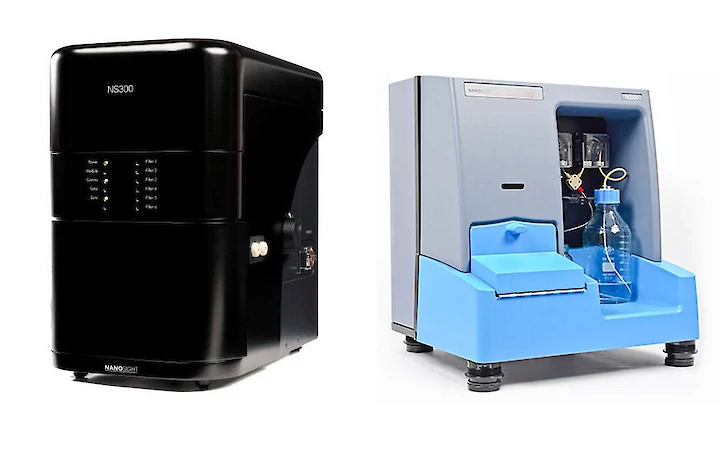
ما باید به اندازه کافی مراقب غلظت حباب های ریز باشیم. حباب های ریز را می توان با همان فناوری اندازه گیری ذرات کوچک اندازه گیری کرد.
شما می توانید مگابایت را با دوربین (شمارش اندازه پیکسل) یا لیزر (شمارش زمان خاموشی) اندازه گیری کنید، همچنین به عنوان یک روش ساده برای دانستن شاخص اعداد، می توانید اطلاعات کدورت را ارجاع دهید.
هنگامی که UFB را اندازه گیری می کنید، رایج ترین روش آنالیز حرکت براونی است. از لیزر و میکروسکوپ برای گرفتن نور پراکنده از ، فیلم برداری و تجزیه و تحلیل سرعت حرکت هر UFB استفاده کنید. (به آن تجزیه و تحلیل ردیابی ذرات PTA می گویند). همانطور که می دانید سرعت حرکت براونی به نوع ماده بستگی ندارد بلکه فقط به اندازه و دمای مایع بستگی دارد. و ویسکوزیته مایع شما می دانید دمای مایع و ویسکوزیته بسیار سریع حرکت براونی به معنای حباب های بسیار ریز کوچک است و حرکت آهسته به معنای حباب های نسبتاً بزرگ تر فوق العاده است. با ردیابی حرکت براونی، اندازه هر حباب بسیار ریز یاUltrafine را خواهید دانست.
Commercial Measuring devices for nanobubbles?
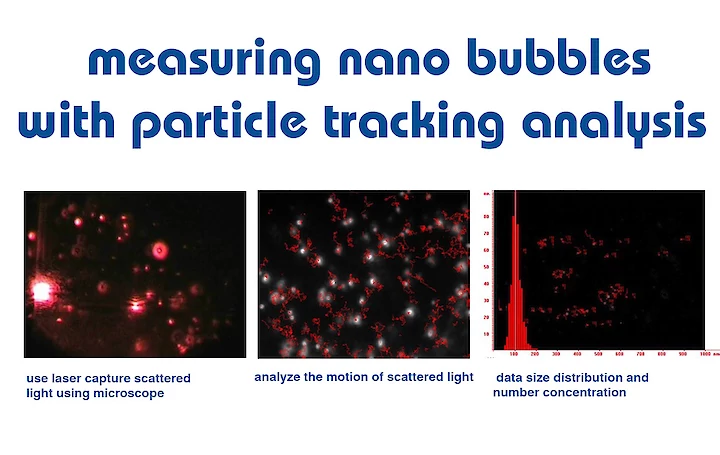
Discovery and development of nanobubble generators was slow in the past because it was difficult to measure nanobubbles. Based on equipment available in the market to measure particles the same measurement methods were used to measure nanobubbles but not without issues.
| Manufacturer | Product | lower limit (particle) | lower limit (bubble) | Measurement system |
| Malvern NanoSight | NanoSight NS300 / NS500 | 10nm | 60nm | Particle tracking analysis |
| Shimadzu | SALD7500-nano | 7nm | Laser diffraction scattering | |
| Shimadzu | SALD7100HH | 100nm | Laser diffraction scattering | |
| Sympatec | HELOS | 100nm | Laser diffraction scattering | |
| Malvern Instruments | Zetasizer Nano | Dynamic light scattering | ||
| Otsuka Electronics | ELSZ-2plus | Dynamic light scattering | ||
| Sympatec | NANOPHOX | Dynamic light scattering | ||
| Archimedes | Affinity Biosensors | Resonant mass measurement | ||
| IZON | qNano | Electrical sensing zone | ||
| Beckman Coulter | Multisizer 4 | Electrical sensing zone | ||
| Micromeritics | Elzone II 5390 | Electrical sensing zone | ||
| Horiba | ViewSizer 3000 | 10nm | 60nm | Particle tracking analysis |
In theory all the above equipment should be able to measure nanobubbles but there is a catch. When measuring particles this will give a strong diffracted laser to the detection sensor so it can be measured. On the other hand, when measuring nanobubbles they are very dark against the detection's sensor. This results that many nanobubbles not being detected. I.e., the NanoSight NS500 can measure particles down to a limit of 10nm, but when it comes to nanobubbles the detection limit goes up to maybe 60nm. Many of the other measurement equipment manufacturers can only detect larger particles / bubbles, as the mode diameter for nanobubbles is always somewhere between 50~90nm they will simply miss all or a very large part of the nanobubbles. Other equipment manufacturers can only measure nanobubbel when the concentration of nanobubbles is larger than 7 billion so keep this in mind when preparing your sample.
Sometimes our university and research clients come back to us saying the nanobubble generator is not working. The reason most of the time is not that the nanobubble generator is at fault but the measurement method has flaws. So far in Japan as we know, only two measurement products are used for properly detecting nanobubbles. The Shimadzu SALD7500-nano and the NanoSight NS300. Please be careful with the NanoSight as this comes with 4 types of lasers, red 642nm, green 532nm, blue 488nm and violet 405nm. For the NanoSight only the λ 405nm laser will work properly.
A measurement protocol for ultrafine bubbles can be obtained from ISO.
Do you have any other experiences with measuring nanobubbles or find any incorrect information please drop us a note and we will correct and update this article.
سنسور حباب ALT Ultrafine
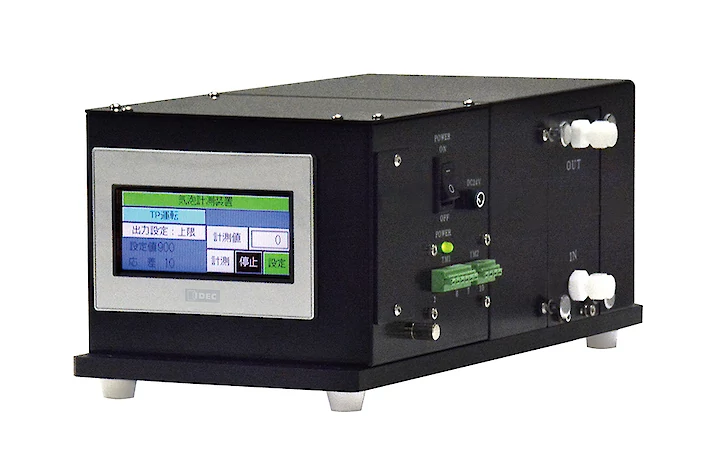
NanoSight با روش تحلیل ردیابی ذرات احتمالاً پرکاربردترین ابزار اندازه گیری برای حباب های بسیار ریز است. اما همچنین، Shimadzu با Sald7100HH و Helos از Sympatec می تواند حباب های بسیار ریز را اندازه گیری کند. نقطه ضعف این تجهیزات این است که نسبتاً گران است و برای نظارت بر فرآیند مناسب نیست. بسیاری از مشتریان به دنبال راه حلی مقرون به صرفه تر هستند تا نشان دهند که آیا مولد حباب فوق ریز آنها به خوبی کار می کند یا خیر و برای هزینه ایمن و انرژی ایمن در هنگام رسیدن به سطوح بالای حباب های بسیار ریز، تجهیزات باید به طور خودکار متوقف شوند. ALT-9F17 یک سیستم حسگر حباب بسیار ریز بر اساس اصل لیزر پراکنده است.



